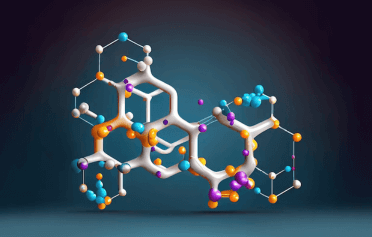Question
a.
is independent of the compressibility of the fluid.
b.
is dependent upon the viscosity of the fluid.
c.
represents the conservation of mass.
d.
none of these.
Posted under Basic Chemical Engineering
Interact with the Community - Share Your Thoughts
Uncertain About the Answer? Seek Clarification Here.
Understand the Explanation? Include it Here.
Q. The continuity equation
Similar Questions
Explore Relevant Multiple Choice Questions (MCQs)
Q. Experimental study of laminar fluid flow through a circular tube was conducted by
View solution
Q. The most economical flow control valve for use with large diameter pipes is a
View solution
Q. Each term in Bernaulli's equation represents the __________ of the fluid.
View solution
Q. Which of the following is a dimensionless parameter ?
View solution
Q. Which of the following is an undesirable property of a manometric liquid ?
View solution
Q. Liquid delivery by centrifugal pump starts, only when the head developed by it is equal to the __________ head.
View solution
Q. The speed of sound in an ideal gas varies as the
View solution
Q. The maximum head that can be developed by a single impeller is __________ ft.
View solution
Q. Hydraulic radius is the ratio of
View solution
Q. The unit of bulk modulus of elasticity for a liquid in S.I. unit is
View solution
Q. Power requirement of fans having constant wheel diameter varies __________ fan speed.
View solution
Q. In the low Reynolds number region, the drag force on a sphere is proportional to
View solution
Q. The peripherial velocity at inlet of a centrifugal pump having inlet diameter of 25 cms and rotating at 950 rpm is __________ m/sec.
View solution
Q. Laminar flow is characterised by the nonexistence of
View solution
Q. The length of the tube necessary for the boundary layer to reach the centre of the tube and for fully developed flow to be established is called the __________ length.
View solution
Q. Select the correct practical example of steady non-uniform flow.
View solution
Q. Hydraulic diameter for non-circular ducts is equal to __________ times the area of flow divided by the perimeter.
View solution
Q. Boundary layer thickness in laminar flow over a flat plate increases as (where, d = distance from the leading edge.)
View solution
Q. Gradually varied flow in open channel is a/an __________ flow.
View solution
Q. The line of action of the buoyant force acts through the
View solution
Recommended Subjects
Are you eager to expand your knowledge beyond Basic Chemical Engineering? We've handpicked a range of related categories that you might find intriguing.
Click on the categories below to discover a wealth of MCQs and enrich your understanding of various subjects. Happy exploring!








